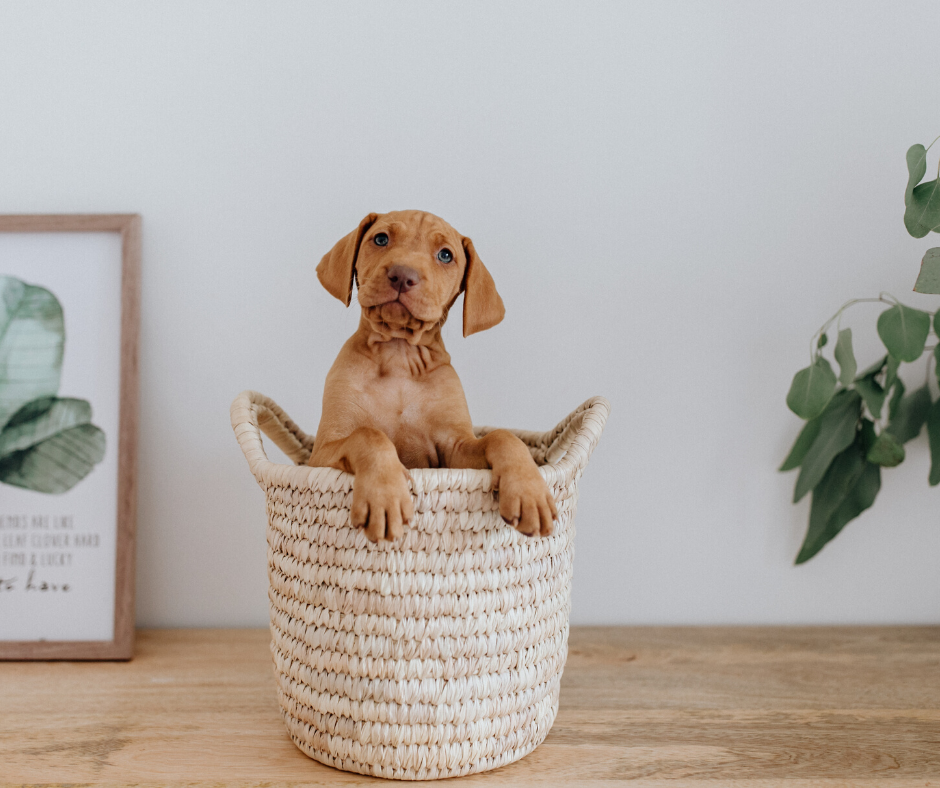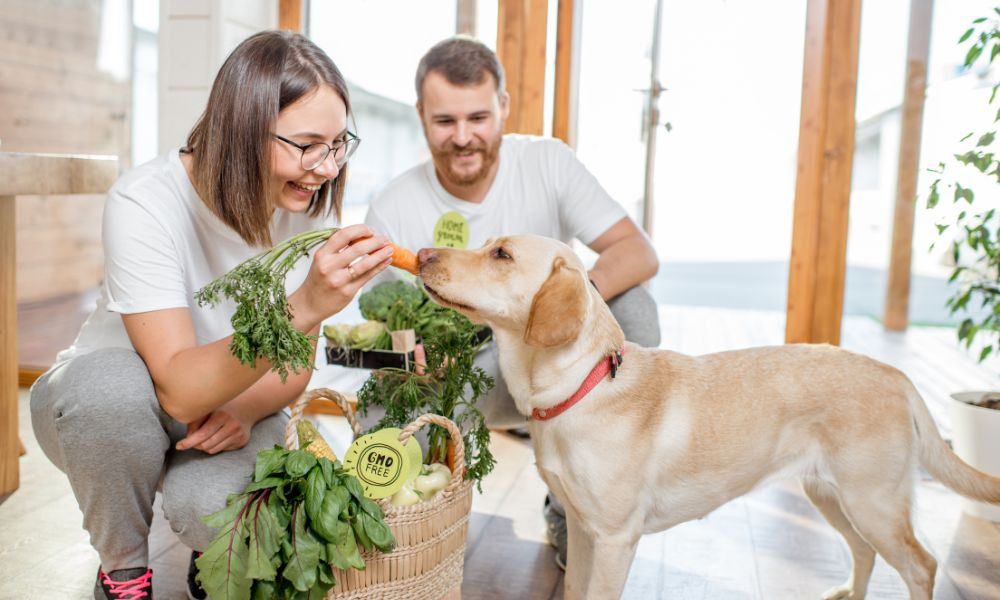
How to Potty Train Your Puppy: The Do’s & The Don’ts

Adopting a new puppy is such an exciting experience! Nothing quite compares to the feeling of bringing home a new furry family member that’s sure to bring you endless amounts of joy. But along with that excitement comes the dreaded training period. In case you didn’t know, you have to potty train a puppy.
To potty train a puppy takes patience and determination. Potty training won’t happen overnight, and we can almost guarantee there will be a fair share of wet socks and accidents along the way. First thing you need to do is take a deep breath. The right frame of mind is important for this Herculean task. For new pet parents, we’ve compiled some puppy potty training tips to make it as easy as a walk in the park!
Do’s to Potty Train a Puppy
Follow these simple steps and your pup will be house trained before you know it!
Take Your Puppy Outside Often

New puppies, especially those under 12 weeks of age, should be taken outside every one to two hours. Before 12 weeks, puppies are still developing the muscles necessary to hold their eliminations. As a general rule, it’s good to make a habit of taking your puppy out after sleeping, playing, eating, or drinking.
As your puppy gets older, you can take them out less frequently, but it’s still important to keep an eye on them to make sure they’re taking care of their business. Many pups get so excited by all the scents, squirrels to chase, and grass to eat outside, that they don’t go potty right away. If you don’t see it with your own eyes, don’t assume that they have gone.
Stick to a Regular Feeding Schedule
Like babies, puppies do best on a consistent schedule. What goes into your puppy on schedule will come out of your puppy on schedule, and this will make life easier for the both of you.
Typically, it’s recommended to feed your puppy two to three meals a day. Feed each meal at the same time each day. Dogs will naturally need to relieve themselves shortly after eating. Developing a regular feeding schedule can help to avoid confusion and accidents in the house.
Try Crate Training

Crate training is a very effective tool to help not only with house training your puppy, but also with creating a safe place for them to call home. Dogs are naturally den animals, so their instincts will tell them to find a quiet place to eat and rest at the end of the day.
Dogs prefer not to potty where they sleep or eat, so training your puppy to be comfortable in a crate is a great way to prevent them from having accidents in the house.
Positive Reinforcement

When you’re trying to potty train a puppy, positive reinforcement is the key to success. For in house-training, this means that every time your pup gets it right (goes outside instead of inside), they should be rewarded. For example, every time your pup goes potty outside, tell them that they’re a great dog and offer a treat. Make sure to give them the positive reinforcement immediately following the event so they can learn to associate the potty training with their good behavior.
Don’ts of Potty Training a Puppy
Here’s what you should avoid while potty training your puppy.
Using Punishment Instead of Positive Reinforcement

Of course you can assume that there will be accidents along the way and you can’t expect your puppy to catch on instantly. It’s important to understand that punishment is never an acceptable or successful training method.
In fact, according to Veterinary Centers of America (VCA), dogs do not even associate being scolded with doing something wrong. Instead, punishment teaches your puppy to become fearful of you or other people who try to punish them. Remember that potty training takes patience and kindness!
Using Potty Pads With Crate Training
Puppy pee pads should not be used as a substitute for going outside, unless you have a special situation such as living in a high-rise apartment or have limited mobility. Allowing puppies to go on potty pads inside the house can confuse your puppy about where they’re allowed to go. This may slow down the potty training process and should be avoided if possible.
If your dog has a tendency to pee in their crate, make sure they’ve had a bathroom break before they go in there. Avoid feeding or giving water right before crate time, since this means your pooch will need a bathroom break. Adding a waterproof throw blanket to your pup’s crate will make cleaning up those unavoidable accidents easy and painless.
Share this article
written by


